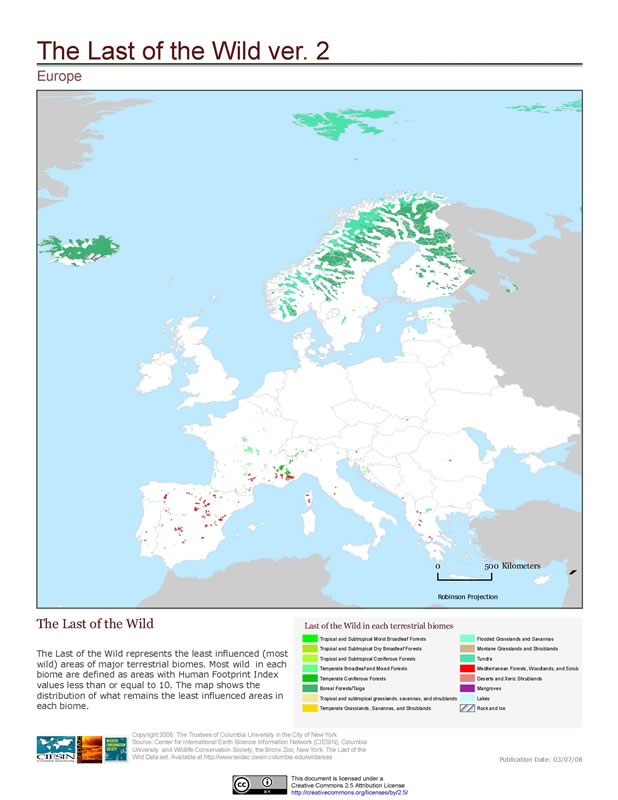- Human fishing and impacts on near-shore and island marine life — including the catching of shellfish, finfish and other marine mammals — apparently began in many parts in the Middle Stone Age — 300,000 to 30,000 years ago — 10 times earlier than previously believed;
- Passages of Latin and Greek verse written in 2nd century CE suggest Romans began trawling with nets;
- In the early to mid 1800s, years of overfishing followed by extreme weather collapsed a European herring fishery. Then, the jellyfish that herring had preyed upon flourished, seriously altering the food web;
- In the mid 1800s, periwinkle snails and rockweed migrated from England to Nova Scotia on the rocks ships carried as ballast — the tip of an “invasion iceberg” of species brought to North America;
- In less than 40 years, Philippine seahorses plunged to just 10% of their original abundance, reckoned in part through fishers’ reports of each having caught up to 200 in a night in the early days of that fishery.
Just some of the insights that will be shared by participants in the forthcoming Oceans Past II conference, according to EurekaAlert. It sounds absolutely fascinating:
Using such diverse sources as old ship logs, literary texts, tax accounts, newly translated legal documents and even mounted trophies, Census [Census of Marine Life] researchers are piecing together images — some flickering, others in high definition — of fish of such sizes, abundance and distribution in ages past that they stagger modern imaginations.
It’s all part of the History of Marine Animal Populations (HMAP) project. One of the regions being studied is the Mediterranean, and the project website has some great historical photographs of fisheries, for example from the Venetian lagoon. The “scientific area” includes an erudite answer to the question “Did the Romans eat fish?” by HMAP leader of the Black Sea project Tonnes Bekker-Nielsen. Here’s a perhaps surprising snippet:
The fish product most likely to be found in the average Roman kitchen or cookshop was garum, a sauce made from fermented fish and similar to the sauce known as umami or nuac, which is very popular throughout East Asia today. Garum was used to give flavour to stews, soups and many other dishes; it could also be eaten as a relish on bread.
The project includes some interesting data visualization tools.
